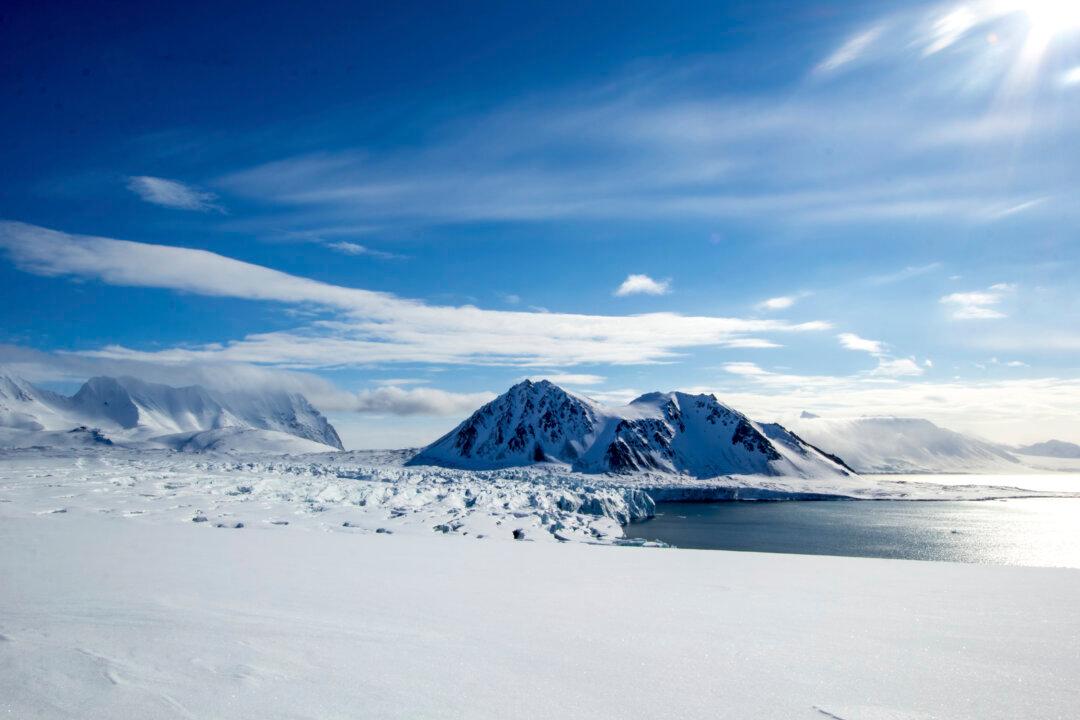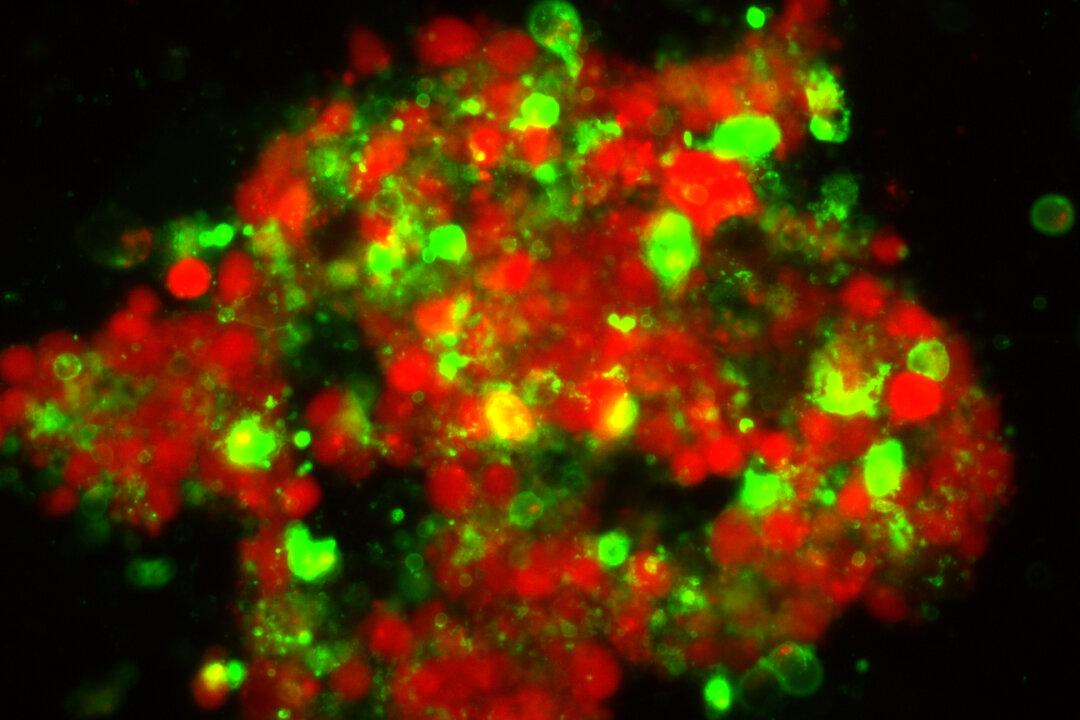A new study questions the popular notion that 10th-century Norse people (Vikings) were able to colonize Greenland because of a period of unusually warm weather.
Based upon signs left by old glaciers, researchers say the climate was already cold when the Norse arrived—and that climate thus probably played little role in their mysterious demise some 400 years later. On a larger scale, the study adds to building evidence that the so-called Medieval Warm Period, when Europe enjoyed exceptionally clement weather, did not necessarily extend to other parts of the world.
“We were surprised by our findings that glaciers in Greenland were healthy and large when the Norse were there, and also when Europe was experiencing warmth,” says study coauthor Jason Briner, an associate professor of geology at the University at Buffalo.
“It’s becoming clearer that the Medieval Warm Period was patchy, not global,” says lead author Nicolás Young, a glacial geologist at Columbia University’s Lamont-Doherty Earth Observatory and a University at Buffalo Ph.D. graduate who previously worked in Briner’s lab.
“The concept is Eurocentric—that’s where the best-known observations were made. Elsewhere, the climate might not have been the same.” Climate scientists have cited the Medieval Warm Period to explain anomalies in rainfall and temperature in far-flung regions, from the US Southwest to China.
The study appears in the journal Science Advances.
Erik The Red and His Crew
Norse, or Vikings, led by Erik the Red, first sailed from Iceland to southwestern Greenland around 985, according to Icelandic records. Some 3,000 to 5,000 settlers eventually lived in Greenland, harvesting walrus ivory and raising livestock. But the colonies disappeared between about 1360 and 1460, leaving only ruins and a longstanding mystery as to what happened. The native Inuit remained, but Europeans did not re-inhabit Greenland until the 1700s.
The Greenlandic Vikings’ apogee coincided with the Medieval Warm Period (also known as the Medieval Climate Anomaly), generally dated from about 950-1250; their disappearance followed the onset of the Little Ice Age, which ran from about 1300-1850. Both periods are firmly documented in European and Icelandic historical records.
For this reason, popular authors and some scientists have fixed on the idea that nice weather drew the settlers to Greenland, and bad weather froze and starved them. But there are no early historical climate records from Greenland.
Recently, historians have proposed more complex factors in addition to, or instead of, climate: hostilities with the Inuit, a decline in ivory trade, soil erosion caused by the Vikings’ imported cattle, or a migration back to Europe to farms depopulated by the Black Plague.
Cold Start, Cold End
In the new study, the scientists sampled boulders left by advancing glaciers over the last 1,000-some years in southwest Greenland and on neighboring Baffin Island, which the Norse also may have occupied, according to newly uncovered evidence.
Glacial advances during the Little Ice Age have wiped out most evidence of where the glaciers were during the Norse settlement. But the research team was able to find traces of a few moraines—heaps of debris left at glaciers’ ends—that, by their layout, the team could tell predated the Little Ice Age advances.
Using newly precise methods of analyzing chemical isotopes in the rocks, the scientists showed that these moraines had been deposited during the Viking occupation and that the glaciers had neared or reached their later maximum Little Ice Age positions between 975 and 1275. The strong implication: It was at least as cold when the Vikings arrived as when they left. “If the Vikings traveled to Greenland when it was cool, it’s a stretch to say deteriorating climate drove them out,” says Young.
Climate Ups and Downs
The findings fit with other recently developed evidence that the effects of the Medieval Warm Period were not uniform; some places, including parts of central Eurasia and northwestern North America, actually may have cooled off.
In the Atlantic region, the research includes a 2013 study of ocean-bottom sediments suggesting that temperatures in the western North Atlantic actually went down as the eastern North Atlantic warmed.


